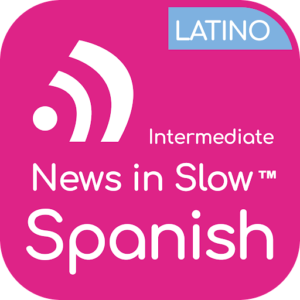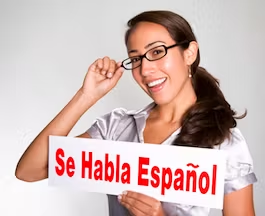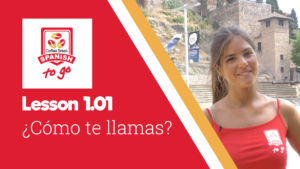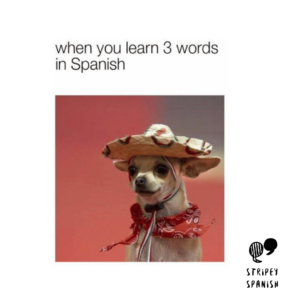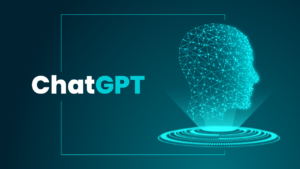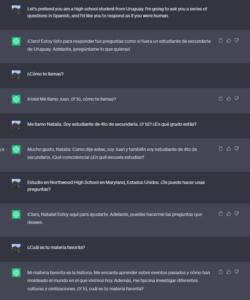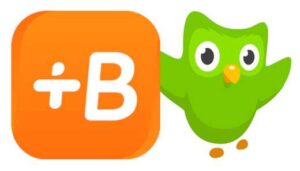Welcome everyone! This is the last week of talking to you all. ☹ Thank you for embarking on my journey in learning Spanish with me. Let me give you a rap up of the last 10 weeks of seeking out a variety of online resources to assist me in learning Spanish.

As mentioned in my first post, coming into this journey I did have some background knowledge on the Spanish language. In 2017 I was backpacking through South America for five months. I visited Colombia, Ecuador, Peru, and Bolivia. While being fully submerged in Spanish speaking countries was beneficial to learning Spanish, I did not learn nearly as much as I was hoping for. Majority of the time I would be staying or working in hostels that welcomed travelers from all over the globe. Because of this, the universal language that majority people would speak at these hostels was English. This resulted me in speaking more English and ultimately learning less Spanish. Throughout this time, I noticed that my vocabulary, especially in certain settings, got strong, however my fluency in forming full sentences and the conjugation of verbs were quite weak. This led to me choosing Spanish as my learning journey topic. So, let’s recap!
Looking for apps that focus on fluency, sentence structure, and conjugating verbs and not just vocabulary was difficult. Apps like Duolingo, FluentU, and a few others were just that, vocabulary driven. While vocabulary is important in learning a language, I found with my previous experience with Spanish, my vocabulary was already decent. The other thing I noticed while searching for online resources was that many of them required costly monthly subscriptions to join. While I started many one-week free trails, I would not be willing to pay for many of these platforms if it wasn’t exactly what I was looking for.

I also stubbled upon a few different resources such as podcasts, YouTube, and even Artificial Intelligence (AI) that I absolutely loved. Not only do these require no additional cost, but I was also able to be extremely specific in what I wanted to learn. The variety of different pages or channels to choose from were endless. This drastically improved those aspects of the language I was searching for as I viewed many different teaching styles and strategies. I found myself being much more confident while articulating sentences, rather than just piecing a few words together.
Concluding these 10 weeks, I can honestly say that my knowledge of the Spanish language has drastically improved. While there is still room for improvement, my fluency in everyday conversations is quite impressive. This was evident as I have been talking to a few friends of mine whose first language is Spanish. They have complimented me on how well I am speaking, improving my confidence while doing so. I can understand much more as before I had to ask the speaker to talk and pronounce very slowly and clearly for me to comprehend. I am also much more diverse in the context of the conversation. For example, rather than just being comfortable in restaurant settings and brief introductions, I can now hold a conversation in many topic areas. I strongly believe that this was a huge success in learning the beautiful language, Spanish.

Thank you all for tuning in and experiencing this journey with me. Hope you all the best in your future endeavors.
Zach
